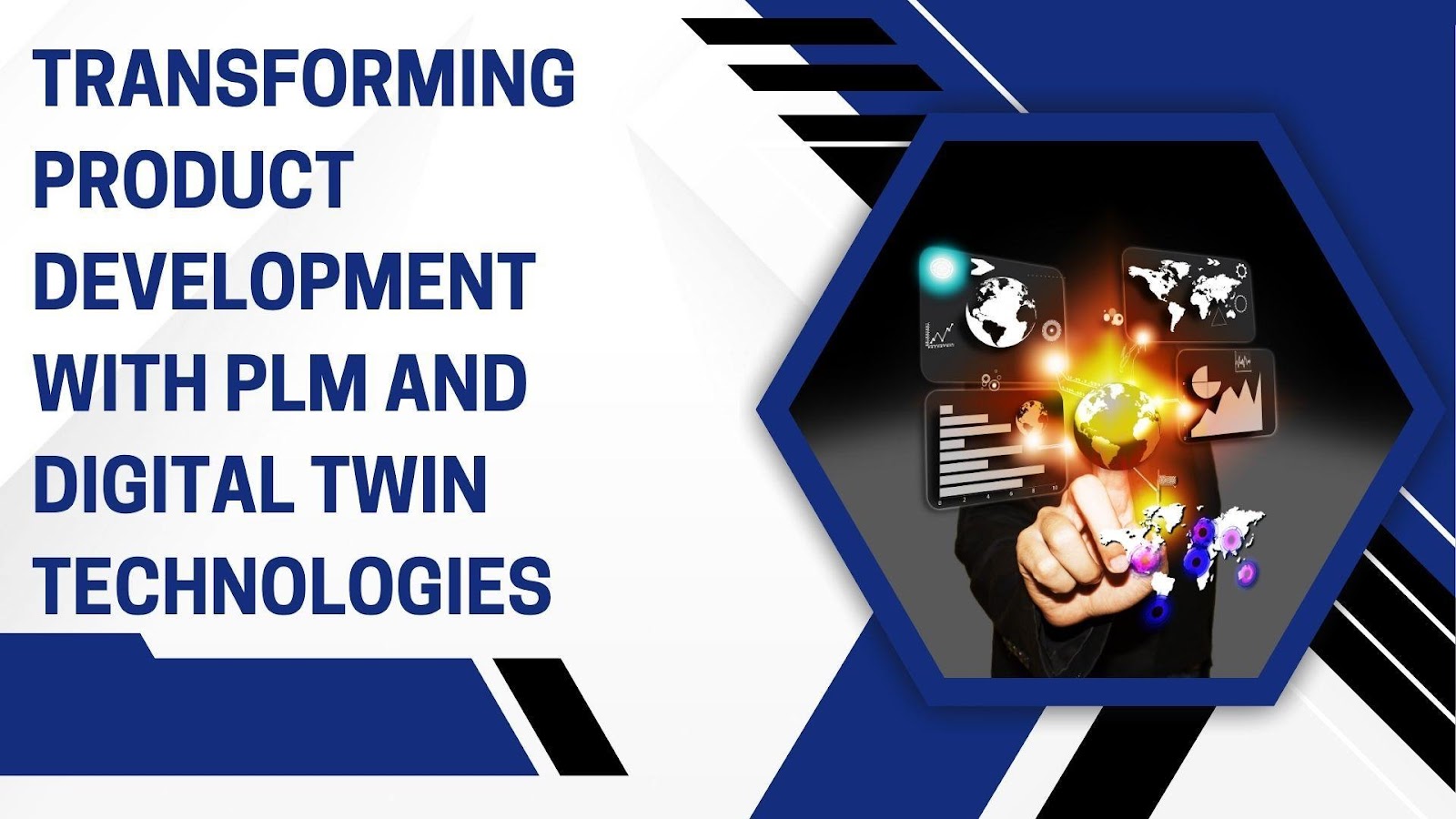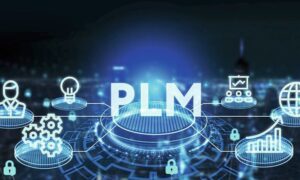In today’s fast-paced industrial world, the pressure to innovate while maintaining efficiency and minimizing costs is ever-present. Jasleen Singh Saini‘s article delves into how the integration of Product Lifecycle Management (PLM) systems and Digital Twin technology is revolutionizing modern product development. This integration not only boosts operational efficiency but also paves the way for predictive maintenance, real-time monitoring, and smarter decision-making across industries. By combining these technologies, companies are able to achieve unprecedented levels of insight and control over their entire product lifecycle.
Bridging the Gap Between Virtual and Physical Worlds
The convergence of PLM systems and Digital Twin technologies marks a groundbreaking shift in how products are developed and managed throughout their lifecycle. This integration enables real-time insights into product performance and facilitates predictive maintenance, improving decision-making and product lifecycle management. It also supports more agile responses to market demands and helps businesses stay competitive by enabling faster innovation. Recent studies highlight the tangible benefits of this integration, including a 33.7% reduction in prototype development costs and 48.5% faster design iteration cycles, leading to higher efficiency, better product quality, and reduced time-to-market.
Real-Time Monitoring and Predictive Maintenance
The integration enables real-time monitoring of products, empowering industries to detect anomalies early, reducing downtime and maintenance costs. Manufacturers using Digital Twin technology report maintenance cost reductions of up to 23.8% and improved equipment uptime by over 26%. Additionally, this constant flow of real-time data allows for more accurate performance forecasting and enhances overall operational visibility. Predictive maintenance allows businesses to anticipate potential failures before they occur, ensuring fewer unplanned downtimes and extending equipment lifespans. This proactive approach is crucial for industries like aerospace and healthcare, where operational continuity is vital.
Overcoming Technical Challenges in Integration
Integrating PLM and Digital Twin technologies comes with challenges, particularly in data interoperability and system integration. Organizations must ensure seamless integration of diverse data formats from legacy systems, which may require complex middleware solutions and careful data architecture planning to minimize delays. Additionally, the scale and complexity of the data being processed necessitate robust security measures to protect sensitive information across systems. The setup of Digital Twin systems involves integrating numerous sensors and communication protocols, which can take months to deploy and validate. Successful implementation demands rigorous testing and collaboration to ensure alignment between virtual and physical systems.
Industry-Specific Applications and Impact
The integration has demonstrated success across various industries. In manufacturing, companies reduced cycle times by 25% in the first year. Aerospace has seen a 35% reduction in physical testing requirements, while the healthcare sector improved medical device utilization by 20% and reduced maintenance downtime by 25%. These technologies bring measurable improvements, making them indispensable across sectors. Furthermore, their ability to optimize resource allocation and streamline processes has led to significant cost savings and higher productivity in each of these industries. As adoption continues to rise, the potential for further advancements in operational efficiency and innovation is immense.
The Path Forward: Emerging Technologies
Looking ahead, the future of PLM and Digital Twin integration will be shaped by emerging technologies such as Artificial Intelligence (AI), Machine Learning (ML), and Edge Computing. AI is enhancing predictive capabilities, improving anomaly detection and equipment lifetime estimation, while edge computing reduces latency in time-sensitive operations. Blockchain provides secure, immutable tracking of product lifecycles, and extended reality (XR) is improving how companies visualize and interact with their Digital Twins. Additionally, quantum computing has the potential to revolutionize optimization processes, offering unprecedented processing power for complex simulations. The continued evolution of these technologies promises to drive even greater efficiencies and innovation across industries.
In conclusion, the integration of PLM and Digital Twin technologies is revolutionizing product development and lifecycle management. By enabling smarter, data-driven decisions, companies are improving efficiency and fostering innovation across industries. The continued integration of AI, ML, and emerging technologies will expand the potential of these systems, creating more advanced and automated solutions for the future. Jasleen Singh Saini’s insightful analysis offers a comprehensive look at how these innovations are reshaping industries and driving the future of product development.



































